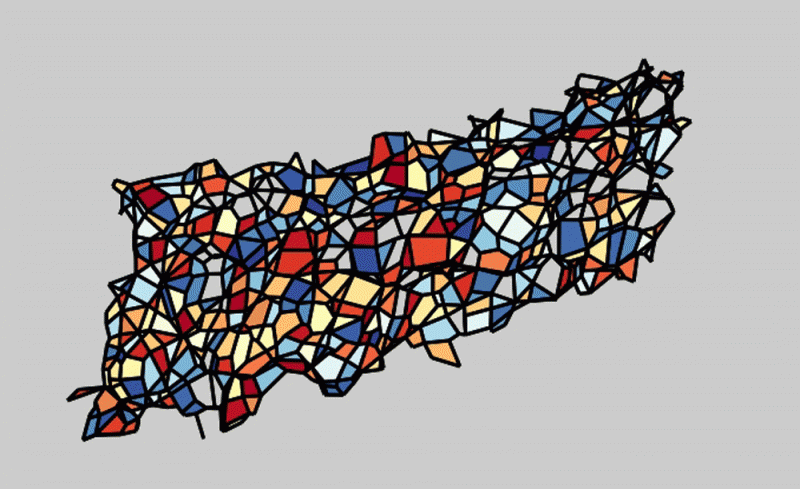Video: Framework to characterize the collective behavior of a large number of macroscopic objects

Let's put winter behind us—it's time to think about sand.
Physicists think about sand a lot because they don't really understand how it works. How can sand—and other granular materials such as grains or rocks—behave both like a liquid that flows through fingers and a solid that forms dunes?
Physicists have a theoretical framework to predict how microscope objects like molecules flow and freeze but lack the fundamental concepts to describe how assemblies of macroscopic objects behave similarly.
Last year, Bulbul Chakraborty, the Enid and Nate Ancell Professor of Physics received a three-year, $1 million grant from the W.M. Keck Foundation to develop the first predictive theoretical framework to characterize the collective behavior of a large number of macroscopic objects.
She and her team are developing quantitative tools for identifying the fluid to solid transition in granular solids in order to build a theoretical framework to describe assemblies of macroscopic objects.
Here is a peak inside her lab.
Provided by Brandeis University


















